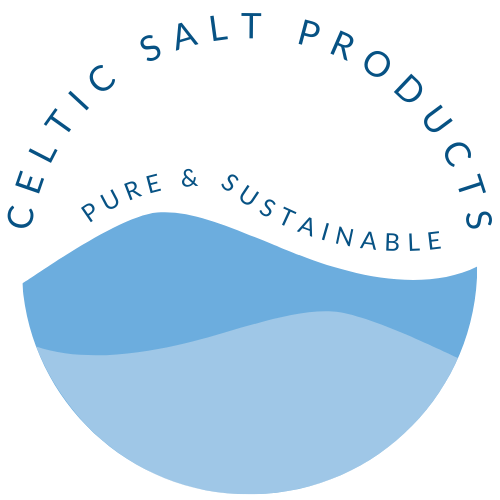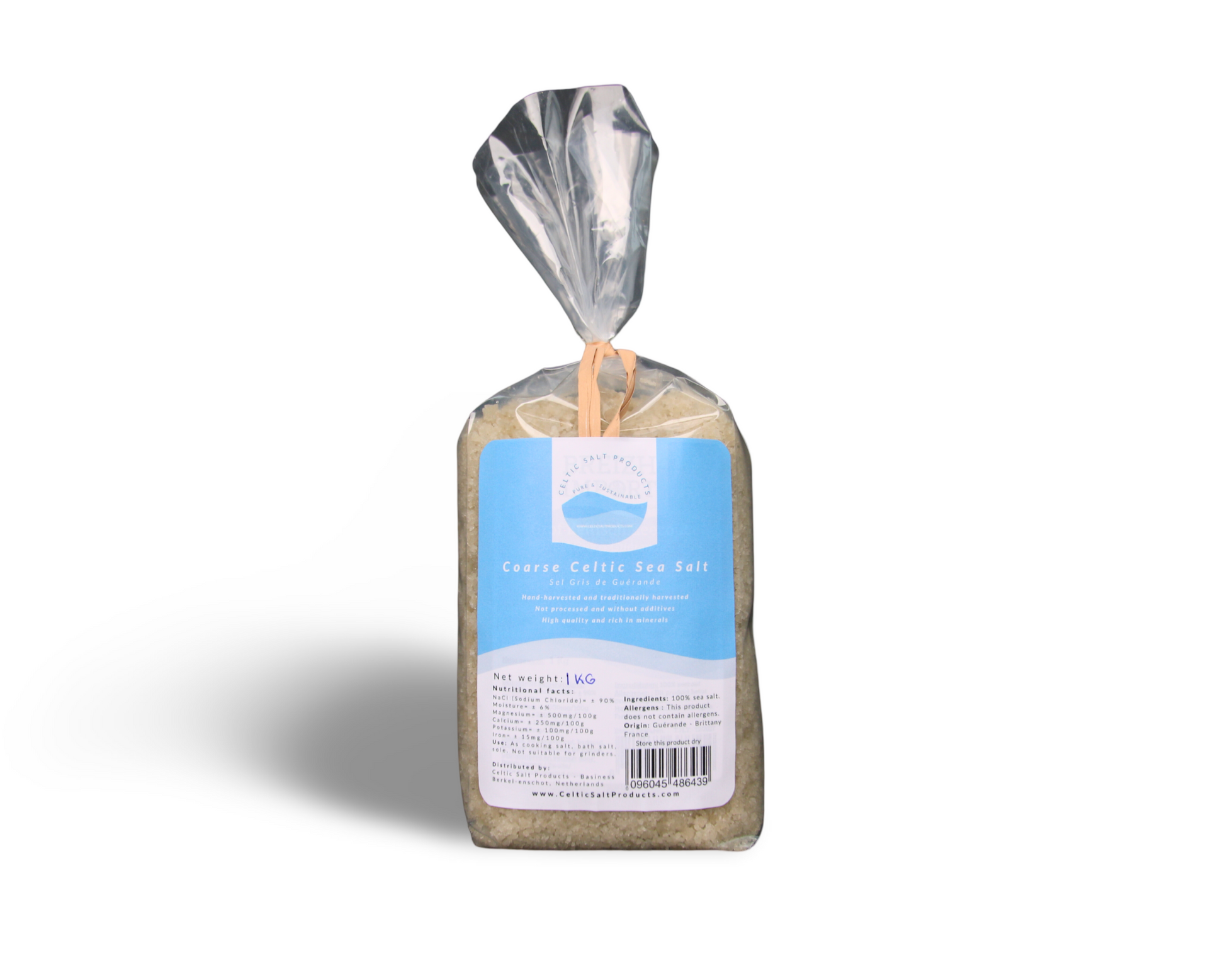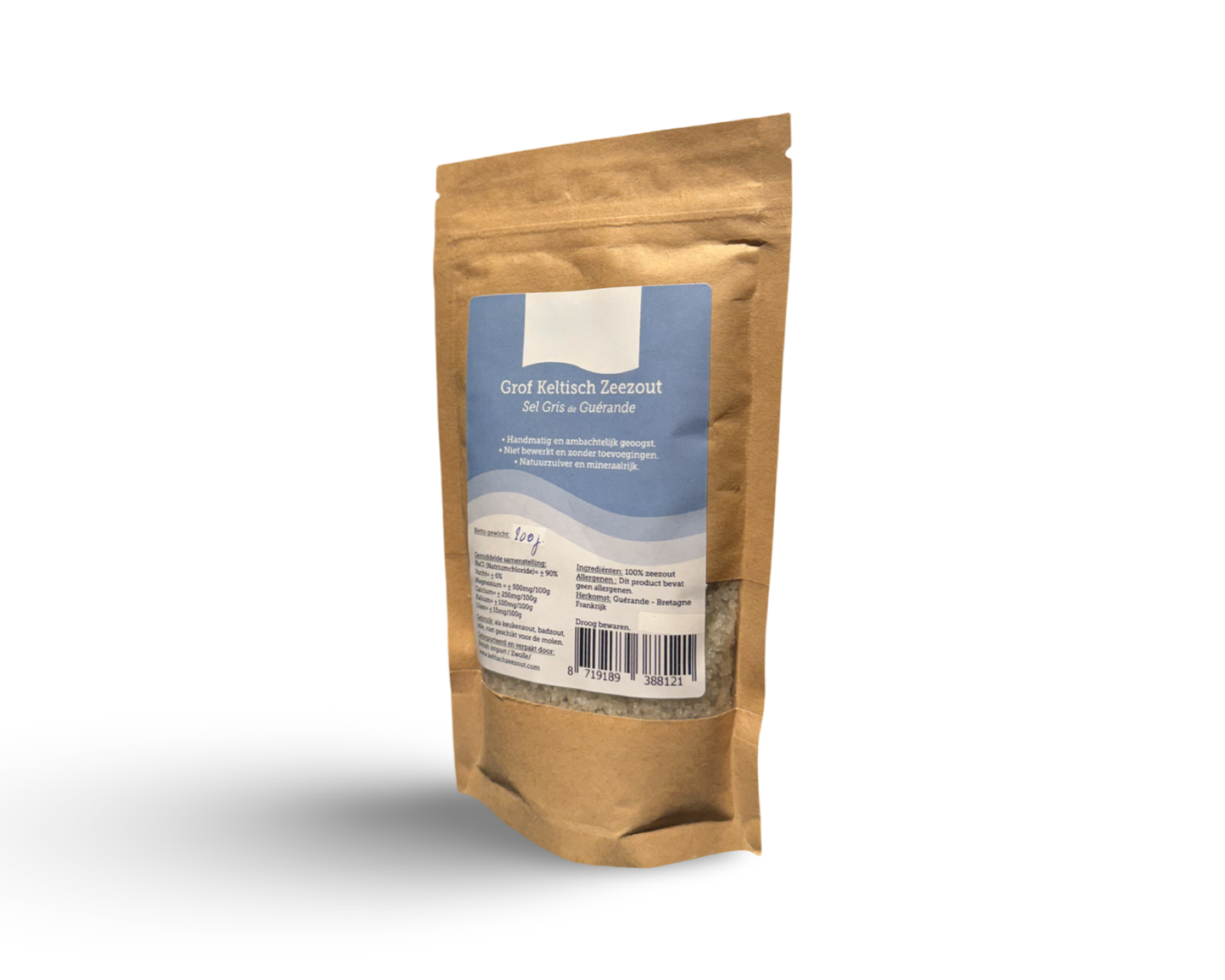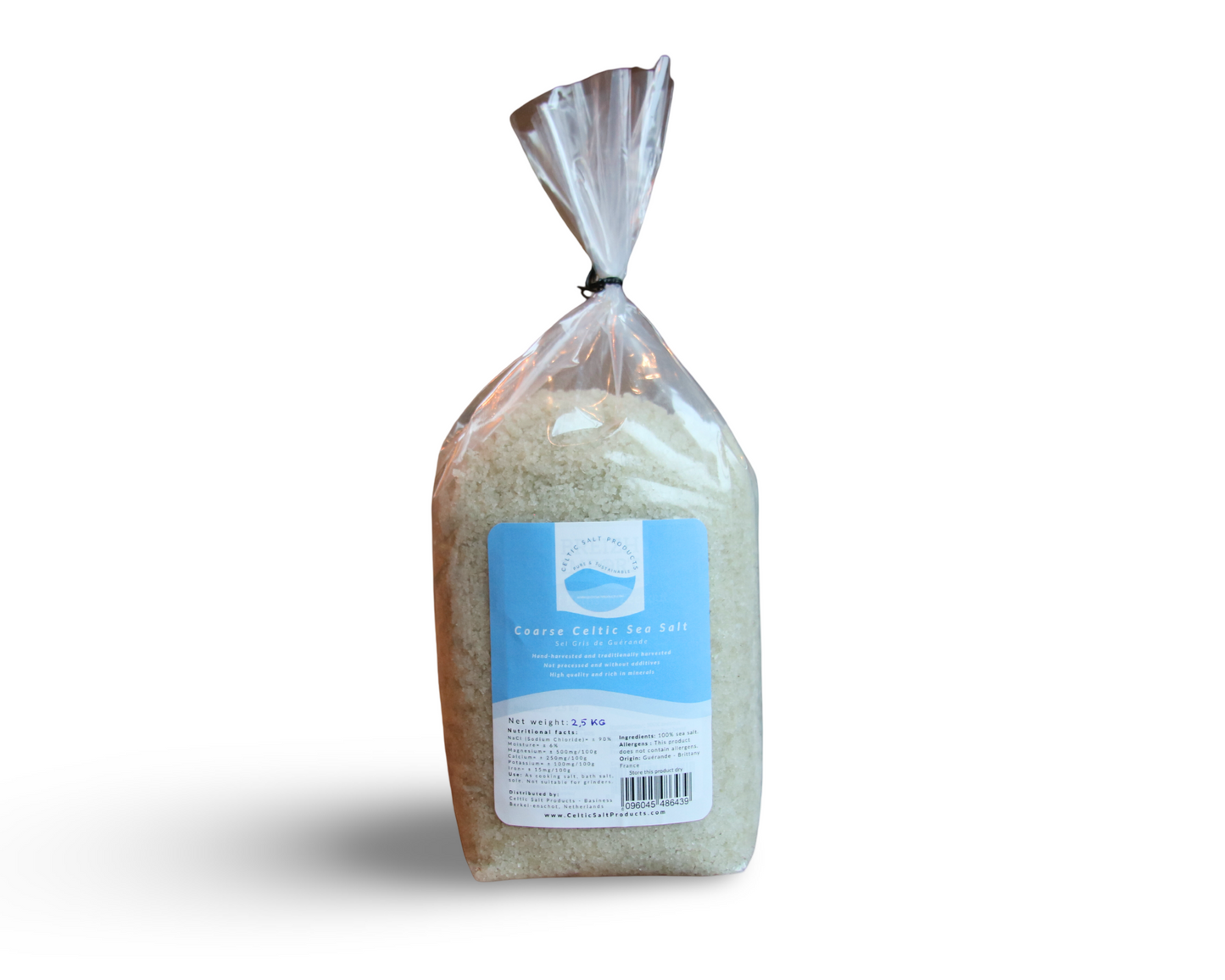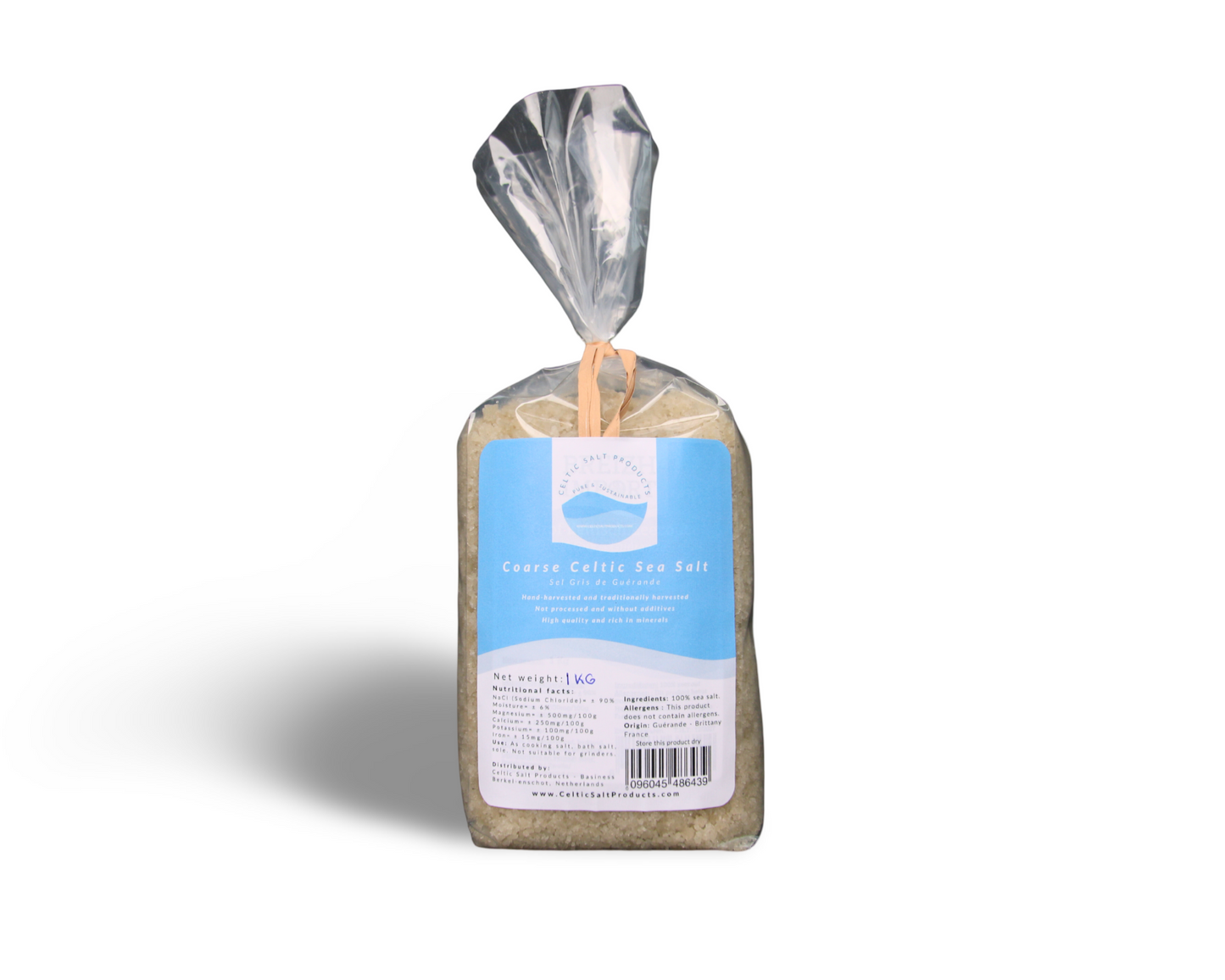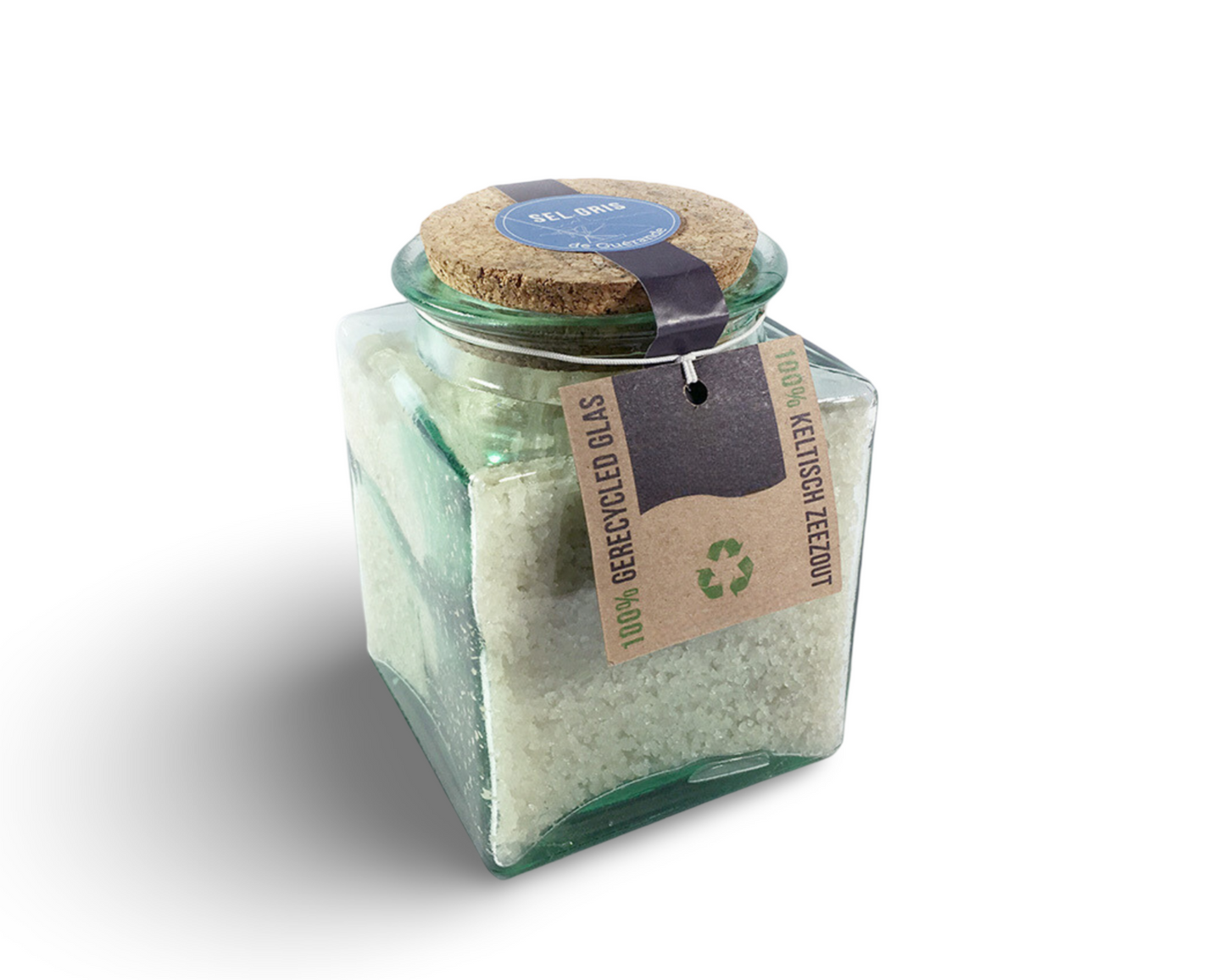When it comes to enhancing the flavor of our meals, the type of salt we choose can make a significant difference—not just in taste, but also in health benefits. Celtic Sea Salt and Himalayan Pink Salt are two of the most popular options on the market, each praised for their unique qualities and mineral content. However, for those looking to make a healthier choice, Celtic Sea Salt might just edge out Himalayan Pink Salt. This blog explores why Celtic Sea Salt could be a superior option for your culinary and health needs.
Celtic Sea Salt vs. Himalayan Pink Salt: A Deep Dive
Origin and Processing
Celtic Sea Salt is harvested using traditional methods from the coastal regions of France. This salt is sun-dried within clay ponds, which ensures that it retains its natural balance of minerals and moisture. This minimal processing contributes to its distinct flavor and health benefits.
Himalayan Pink Salt, on the other hand, is mined from ancient sea salt deposits in the Khewra Salt Mine in Pakistan. While it is also minimally processed, the mining process is more labor-intensive and less sustainable than the harvesting methods used for Celtic Sea Salt.
Mineral Content and Health Benefits
Both salts contain an array of trace minerals, but Celtic Sea Salt is particularly rich in magnesium, calcium, and potassium—minerals that are essential for maintaining good health. These minerals can help in balancing electrolytes, reducing fluid retention, and promoting overall cardiovascular health.
Himalayan Pink Salt is often touted for its aesthetic appeal and does contain iron oxide (which gives it its pink color), but the actual impact of its mineral content on health is less significant than that of Celtic Sea Salt.
Taste and Culinary Use
Celtic Sea Salt has a more subtle flavor compared to the sometimes sharp taste of Himalayan Pink Salt. Its slight moisture content allows it to dissolve more quickly and blend into dishes, enhancing flavors without overpowering them. This makes Celtic Sea Salt a versatile ingredient in both cooking and finishing dishes.
Environmental Impact
The environmental impact of salt production is another important consideration. The traditional harvesting methods used for Celtic Sea Salt have a lower carbon footprint compared to the mining operations for Himalayan Pink Salt. By choosing Celtic Sea Salt, consumers can support more sustainable practices in salt production.
Conclusion
While both Celtic Sea Salt and Himalayan Pink Salt offer unique benefits, Celtic Sea Salt comes out on top for those prioritizing health benefits, culinary versatility, and environmental sustainability. Its rich mineral content and traditional harvesting methods make it a standout choice for health-conscious consumers and chefs alike.
